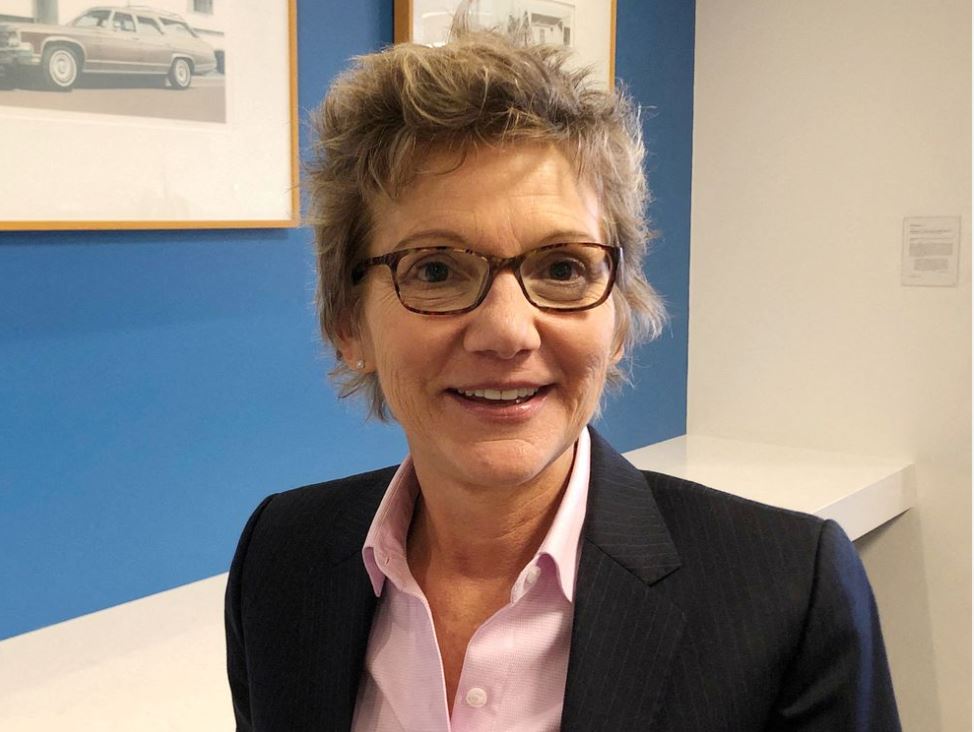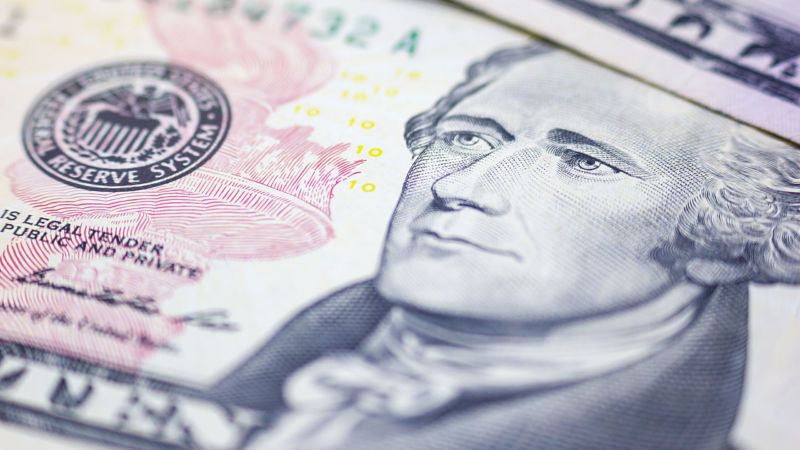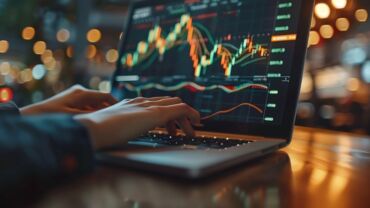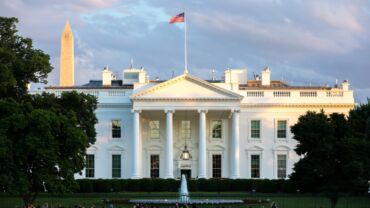In the latest Breakingviews Predictions interview, Mary Daly, CEO of the San Francisco Federal Reserve, discusses how the Fed can best address interest rates without inhibiting growth
Now that the U.S. Federal Reserve has indicated that it will probably raise interest rates in March to help curb inflation, Fed officials are working hard to communicate that their decision-making is rational (i.e., based on data), appropriate, and necessary — and to convince the American public that not raising interest rates at this point would be a mistake.
“We’re not trying to combat some vicious wage-price spiral, we’re just recognizing that the economy is getting itself on a self-sustaining path, and it doesn’t need the extraordinary help we’ve been offering it throughout the pandemic,” says Mary Daly, President and CEO of the San Francisco Federal Reserve.
In a recent interview titled What will rising interest rates mean for growth? as part of the Thomson Reuters Breakingviews Predictions 2022 series, Daly told Reuters editors that the Fed’s basic mandate is “balancing price stability and full employment.” Toward that end, the transition away from near-zero interest rates should “be gradual and not disruptive,” she says, adding that any additional rate hikes after March should be determined by data and circumstances that are as of yet unknown.
Bullish on labor
When evaluating the effects of inflation, for example, economists typically “look through” price variations in such areas as energy and food because they are too “transitory,” and therefore can’t be addressed effectively through Fed policy, Daly explains. “But what we see today is broad-based price pressure across a wide range of goods, and that affects every consumer.” The Fed’s target inflation rate is 2%, so the question now, she says, is “How do we think about this broader escalation in inflation, and what is the appropriate policy path to bridle that a little bit?”
Right now, inflation is running at an “uncomfortable” rate of 7%, notes Daly, because demand is outstripping supply. “But we also have a labor market that is relatively strong,” Daly points out. “We have record openings for jobs, the unemployment rate has dropped to 3.9%, and [worker wages are rising],” all of which are good signs.

However, the effects of the pandemic are still being felt in the form of supply-chain disruptions, people’s inability to return to work, and the fact that four million people who had jobs before the pandemic have yet to return to the labor force. The Fed doesn’t have any control over those factors, Daly says, so the Fed must — and should — watch and wait before taking any further action.
Why? Because when it comes to labor, at least, people too often and too early mistake cyclical patterns for real structural changes, she explains. People leave the workforce, then come back. People retire, then start a business. Mothers raise young children, then return to work. And during the pandemic, people dropped out of the labor force for all kinds of reasons — concerns about their health, child care, elderly relatives, etc. — most of which will presumably recede when the pandemic does.
“I’m very bullish on the labor market fully recovering,” Daly says, “but as a Fed official, I have to deal with the situation I have today, which is a pretty strong, tight labor market with high inflation.” If supply chains stabilize, labor participation increases, and inflation comes down, adjustments should be made based on the incoming data, Daly says, adding “which is why I’m completely comfortable with making adjustments in 2022, but not knowing what the next adjustments will be in 2023.”
A bumpy ride
Daly also cautions that the Fed’s models are based on historical data, and there is no precedent for what the country and world have endured over the past couple of years. “We’re coming through an unprecedented, not-lived experience in the pandemic,” Daly cautions, “so a bumpy ride is not unexpected.”
How bumpy?
According to Daly, the Fed may ultimately raise interest rates three or four times this year — but even if it bumps the rate one-quarter of a point four times, the base rate will only be 1.25%, which is still well below the terminal, or neutral, rate of 2.25% — the rate the Fed sees as consistent with full employment, full capacity utilization, and stable prices.
“That’s quite a bit of tightening, but it also leaves quite a bit of accommodation in the system,” Daly says. “So, we’re still supporting the economy without pulling the punch bowl away completely and causing disruptions, but taking away some of the extraordinary accommodations we’ve been providing. And I think that balance is the appropriate thing to do with the uncertainty we face.”
Factoring in climate change
Another structural growth factor the Fed must consider — but currently has no tools to directly address — is climate change and its impact on the economy.
For example, over the next few years the transition from carbon-based energy to cleaner, more sustainable fuels may cause price pressures, especially in the short term, Daly says. “We have all just experienced what happens when supply and demand are out of balance — prices rise in reaction.” But according to the Fed’s research, she says, the key factor is the speed of the transition.
“If we flipped the switch and did everything overnight, we’d have pretty large imbalances,” Daly explains. “But if businesses can plan for the challenges in the change — and they already are — then they can prepare themselves by investing in factories and methods of production that actually ease the inflationary pressure.”
Ultimately, however, the Federal Reserve is not in charge of climate management. “We are there to study the economic effects of those choices,” notes Daly, “and elected officials are there to manage how we think about this.”







